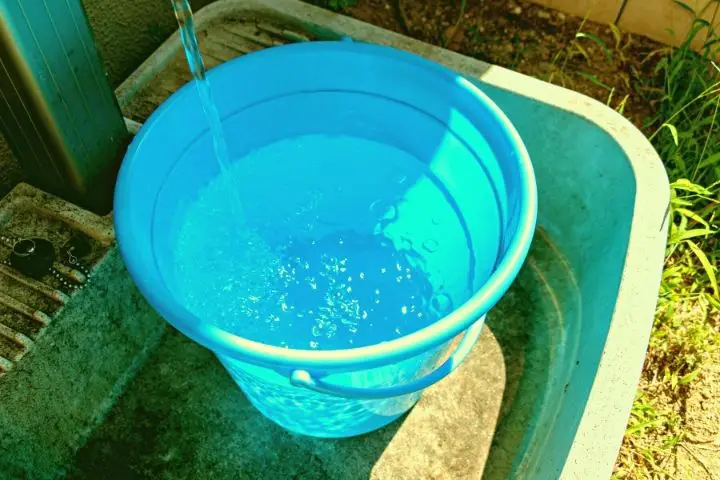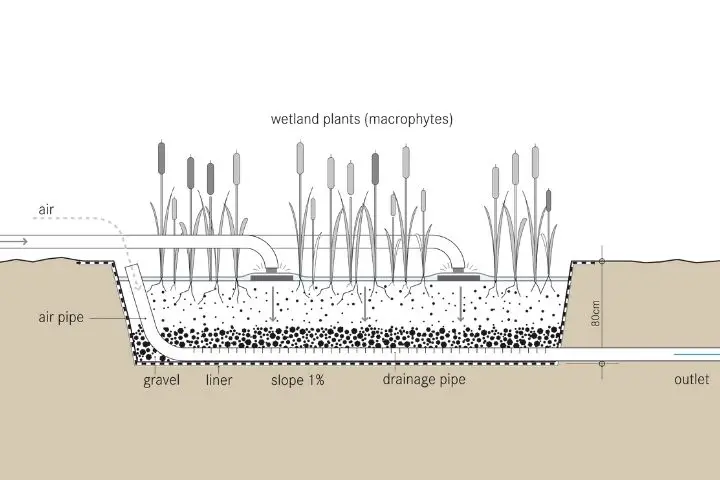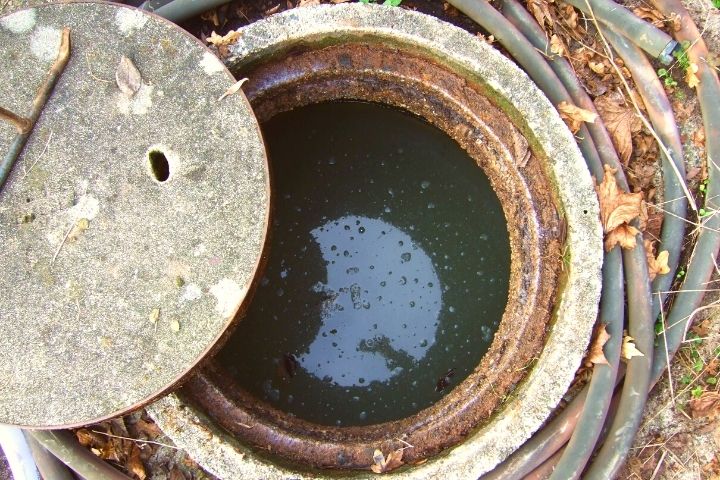How to Recycle Grey Water (+ 8 Safety Tips!)
Unknown to many people, you can save a lot of money from your water and electricity bills when you recycle the grey water coming from your daily home use.
Just to recap… What is grey water? Grey water is waste water from sinks, baths, showers, dishwashers and washing machines that is relatively clean and still safe to be used in many ways (i.e. garden). Grey water is not to be confused with “black water” that comes from our toilets and contains solid waste.
But wait… How do you recycle grey water?
You can recycle grey water by simply installing collecting tanks or buckets to collect the run-off from your kitchen, tub, and shower rooms. A more advanced approach is contacting professionals and having them install a modern, mechanized grey water recycling system in your existing plumbing system.
That seems okay, right? But, how do they work?
Let’s find out below!
Recycling Grey Water for Different Uses
When picking a grey water recycling system for your home, you should really consider what or where you intend to use the water afterward. This will help you know which system is best suited for you and your home.
1. Direct Use Recycling System

It’s by far the simplest system and is very convenient for small houses or homes with few occupants. Also, this system does not really treat grey water but rather, collects and repurposes it for other uses around the house.
To set one up, you only need some dedicated collecting units like buckets or exterior tanks for storage.
You have to tap them directly to the source i.e., the kitchen or shower, or install a valve in the main outlet to divert the grey water into a storage unit before it reaches the main outlet pipe that’s dumped into the city sewage system.
Note: Make sure that you clear away stored grey water within 24 hours when using a Direct Use System. This is because bacteria will break down the organic compounds in it, causing it to smell like sewage afterward.
2. Biological Systems
These are further grouped into 3:
1. Sand filter method
This system is best for recycling grey water with no food debris in it and involves the use of a 4-layered sand filter process:
- Initially, the grey water gets pumped onto a 2-feet top layer (humus-rich topsoil) where organic impurities are broken down by bacteria and microbes, effectively eliminating them in the process.
- The water then reaches the 2nd layer and 3rd layer (fine & coarse sand respectively) through gravity where any waste particles are trapped and removed from the passing water.
- The water then goes through the 3rd layer made of pea-shingle where it achieves excellent drainage before spreading to other areas.
2. Wetland treatment

This method is also meant for recycling grey water that doesn’t contain food debris and entails creating a shallow wetland where grey water can be retained close to the surface.
Creating subsurface wetlands is great because it helps prevent the bad odor from escaping into the atmosphere above, lowers the chances of freezing, and is well-guarded from human contact.
To make it work, you have to introduce bulrushes and reeds to the area to feed off the nutrients given off by the bacteria and microbes breaking down the organic compounds as by-products.
3. Septic tank
Using a septic tank is the best option if you want to recycle grey water that contains tons of visible food particles.
This type of water will need help from anaerobic bacteria found in a septic system to efficiently break down the organic waste in it.
This method is also very thorough as it later directs the treated water to a drainfield where harmful bacteria and pathogens are dealt with before the water enters underground water reservoirs.
3. Mechanical Grey Water Recycling
This process involves installing grey water pumps in the place of P-taps found beneath your kitchen, shower, and laundry drains.
The pumps will then transport the water from these sources to a dedicated grey water storage tank located at a higher level inside your house.
Once in storage, the water is further treated by adding chlorine or through sophisticated microfiltration systems that clear pathogens. After this final step, the now-treated water gets channeled back to your toilet cisterns or even the washing machine for reuse.
Very convenient, right?!

Tips for Reducing Health Risks from Handling Grey Water
Compared to black water from toilets, grey water is much less toxic. Still, that doesn’t mean that you throw caution out of the window when handling it.
Grey water too contains some significant traces of bacteria and other pathogens that could easily cause severe diseases should they find their way into a human body.
So, to be on the safer side:
- You should avoid using grey water in your vegetable gardens. Grey water still contains some salts and other chemicals (from home & self-cleaning products) that could make the fruits and plants toxic. This makes them very unsafe for either human or animal consumption due to the health repercussions.
- Don’t drink grey water. This also goes for your pets. Grey water still remains unfit for drinking after a simple treatment and recycling cycle.
- Use grey water from low-risk sources. This includes the kitchen and shower. For laundry, you should collect grey water from the rinse cycle as it’s bound to be less contaminated. Observing all this keeps the bacteria and pathogen levels low.
- Avoid using grey water during rainy seasons. Adding grey water to an already wet soil will only make the ground oversaturated. It creates water logging which can easily kill your plants.
- Create an even water distribution system for your garden. This will help prevent pools and ponds of grey water from forming in your lawn or garden. If you allow grey water to pool around your property, the tiny microbes digesting organic waste found in the water will create a pungent sewage smell in your house.
- Don’t keep grey water if any family member suffers from an infectious disease. If anyone has a serious disease e.g., cholera, then storing grey water during that period will only make the pathogens multiply in the holding tanks. You don’t need me to tell you how potentially hazardous this can get when released in an open environment.
- Restrict access to areas irrigated with grey water. This should include children and pets. Upholding this caution reduces the risk of disease from contact with the grey water.
- Ensure the grey water run-off does not flow into other water bodies in your compound. This includes the swimming pool, birdbaths, ponds, etc. It’ll help to prevent contamination.
Frequently Asked Questions

1. Can greywater be recycled in a house?
Grey water can be easily recycled in a house using simple measures.
One of the most popular ways of capturing and reusing grey water in homes that don’t have a scaled grey water system is by using buckets. They are pretty convenient for capturing rinse water from washing machines, sinks, and water that’s wasted when warming up your shower.
However, recycling may become a tad too difficult for houses or buildings that have too many occupants or don’t have big-enough gardens that could use the water for irrigation.
2. What can I do with greywater?
Captured and recycled grey water can be effectively used around the house to fulfill secondary water needs.
For example, a good implementation of grey water would be using it as a primary water source for flushing toilets in your house.
The other convenient use for grey water is watering your ornamental garden or lawn as it provides rich nutrients for their growth.
3. What is the best grey water recycling system for a small house?
The best grey water recycling system for small households would be the Direct Use System.
They are not complex in their design and simply work by collecting water from the designated sources and then channeling them to the intended area of use (either your garden, toilet tanks, etc.).
Direct Use Systems are the best in this case because they don’t consume a lot of energy and require very little maintenance from time to time.






